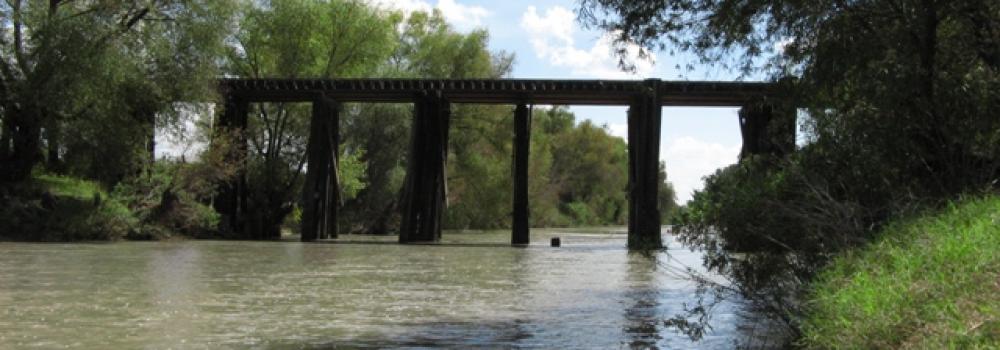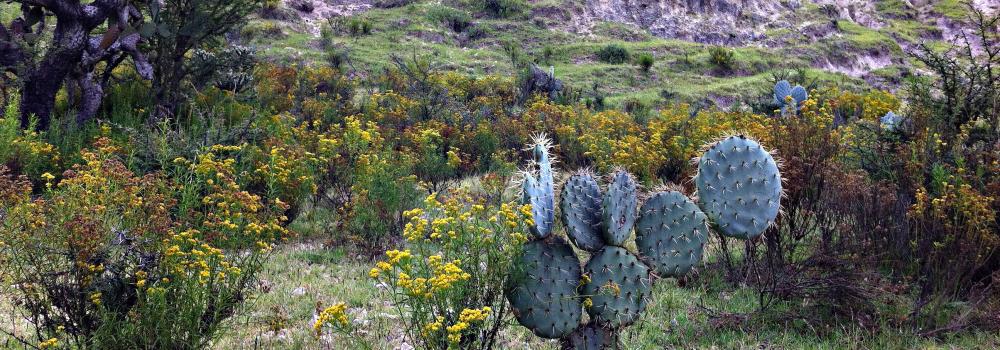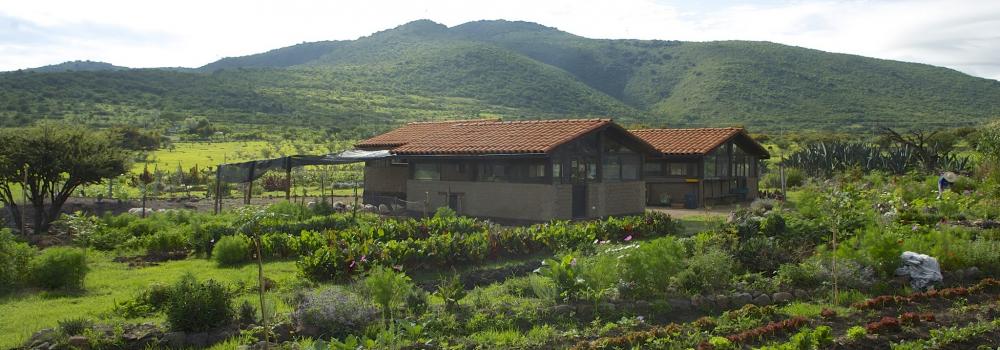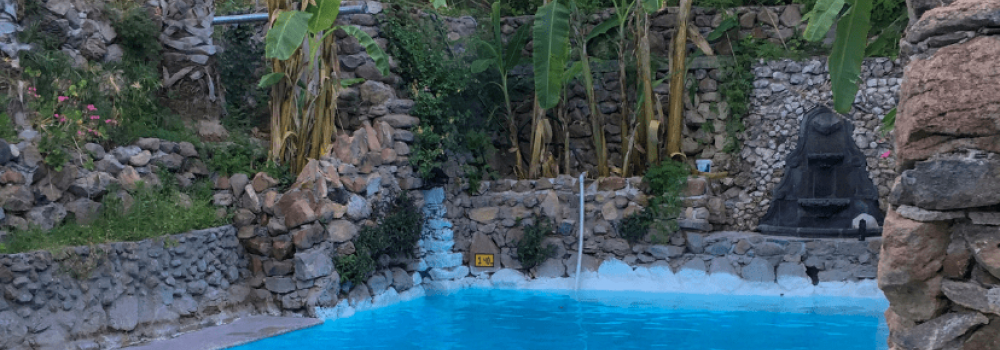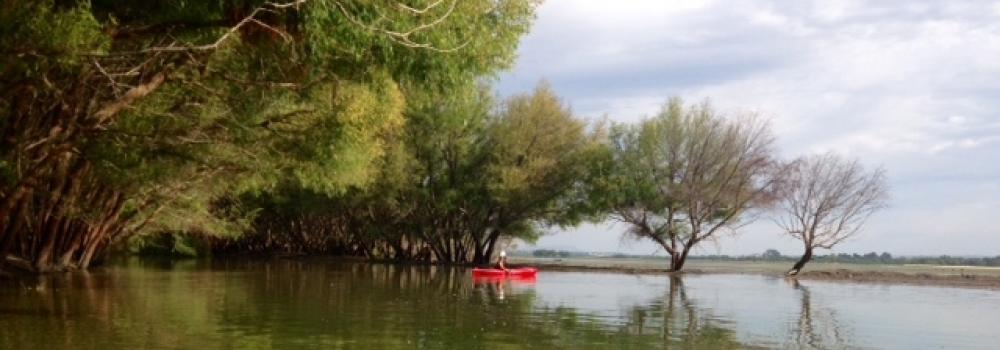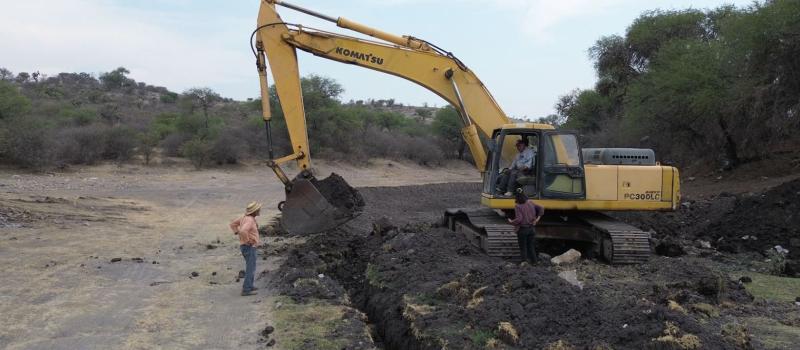
San Miguel de Allende, Guanajuato.- The Los Torres community reservoir is being rehabilitated thanks to the intervention of civil associations based in San Miguel de Allende whose main objective is environmental care and sustainability. Through the Tikkun Eco Center San Miguel de Allende association, which works in coordination with Caminos de Agua, this project is being carried out to regenerate the space by restoring the rainwater harvesting dam.
Rebeca Ayala, environmental engineer at Tikkun Eco Center, explained that dam drilling is a century-old practice that was lost with the privatization of water, which also brought deep drilling where the water is more contaminated.

The association points out that one of the proposed solutions is to return to the practice of bordering from a sense of restoring the entire ecosystem around the reservoir, so that it fulfills the function of providing water to crops and animals.
“Where there is agriculture and livestock, the reservoir provides the way to survive during the drought, which is nine months of the year here, so you have a very small window to capture water,” said Rebeca.
The project
The community of Los Torres has a reservoir that is more than 150 years old and has a farm structure. The reservoir has a large capacity for capturing water, however it has been neglected. In January of this year, work began with the inhabitants of the community. This work was guided by Caminos de Agua with the creation of community agreements and participation committees, so in May, the dredging of the reservoir began, removing more than 770 trucks of earth.

“(The reservoir) was used a lot for agriculture, it is in a very strategic point of the watershed, it is a very strategic space for San Miguel de Allende because it captures a lot of water, it is a space that still has a high filtration capacity,” said the environmental engineer.
After a pause due to the rains and planting times, the reforestation work and construction of terraces will be resumed in the month of October. In this task, the soil extracted from the reservoir is used to plant native vegetation in the micro-basin, in addition to reforesting the area of the church and the community school, where a community garden project will also be implemented so that children can directly understand the benefit of this work.

The association is currently seeking resources to pay wages to the community's residents with the intention that they themselves build the terraces and basins, in addition to installing a perimeter fence to protect the embankment from contamination and livestock.

Investment
The rehabilitation project of the embankment is financed by the Gonzalo Río Arronte Foundation and the San Miguel Community Foundation, through Caminos de Agua, bringing a direct benefit to the community, in addition to the ecosystemic utility that is represents for the planet in general.
Rebeca Ayala highlighted the importance of this type of project that favors the ecosystem because it generates a healthy space where biomass and oxygen are generated that will make it rain more and the area greener.

“Humans in general and all living beings benefit, because it is a system where everything is connected. All of San Miguel de Allende benefits from the fact that these types of micro-basins are well and that there are still farmers,” he said.
Tikkun Eco Center conducts research in communities in San Miguel de Allende with the aim of planning the next project to recover a reservoir.
Origin
Tikkun Eco Center emerged 15 years ago, initiated by Ben Ptashnik and Victoria Collier who are environmental activists on issues of sustainability, resilience and food sovereignty, and supporting local producers. The first reservoir rehabilitation project was carried out in the community of San José de Gracia in San Miguel de Allende, where a 3-hectare space was recovered with reforestation, a reservoir and a sustainable construction that serves as a prototype to implement educational programs in the municipality.





Tikkun Eco Center is currently researching new communities to replicate the rehabilitation model and continue its mission of restoring local ecosystems. Photos: Ingrid Devesa

